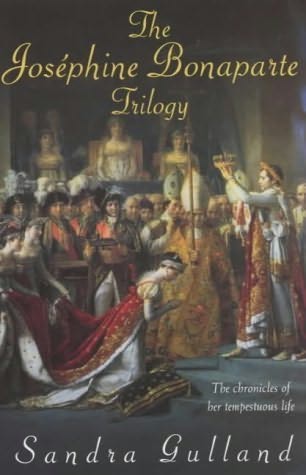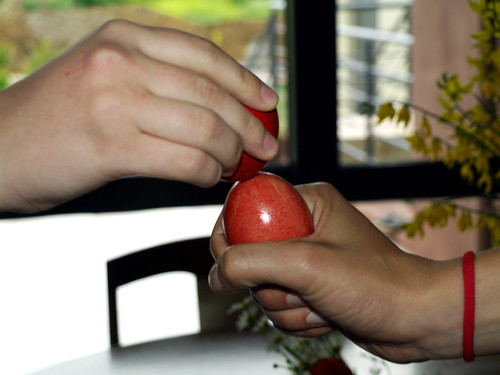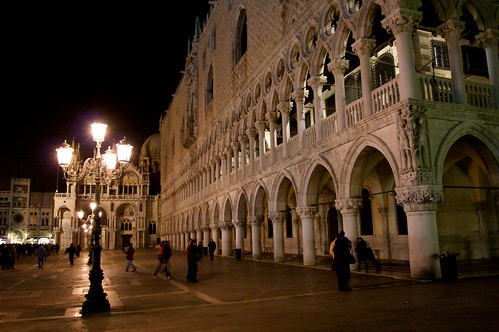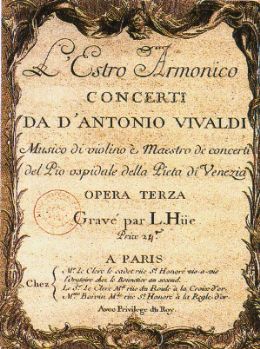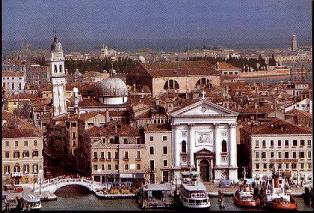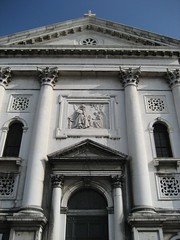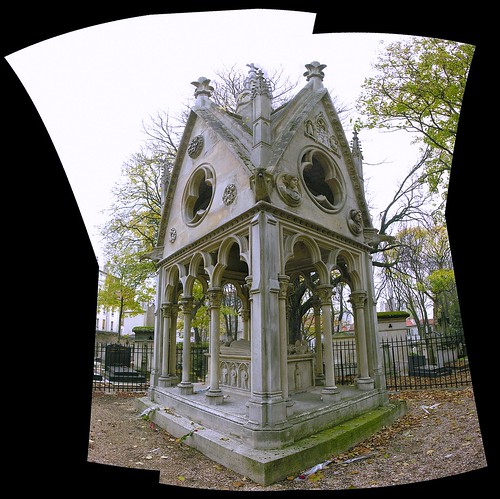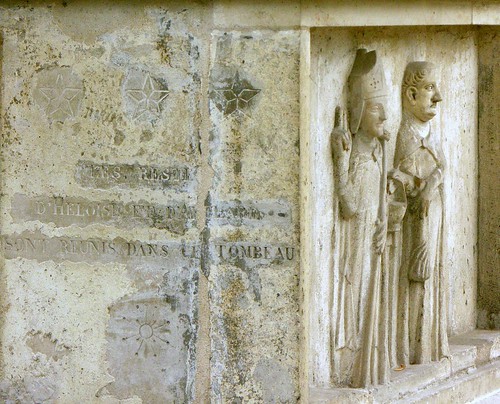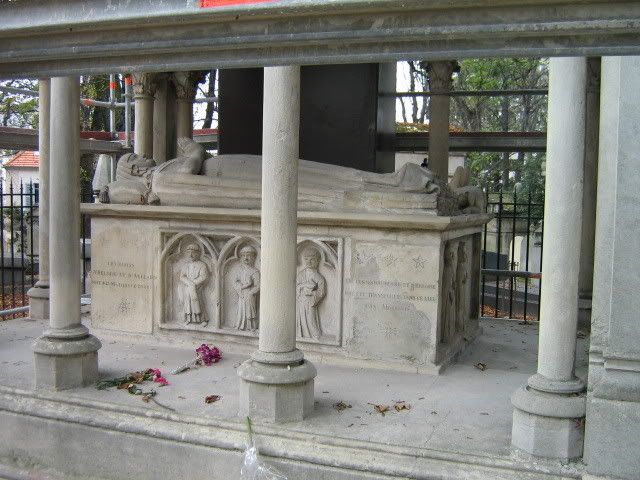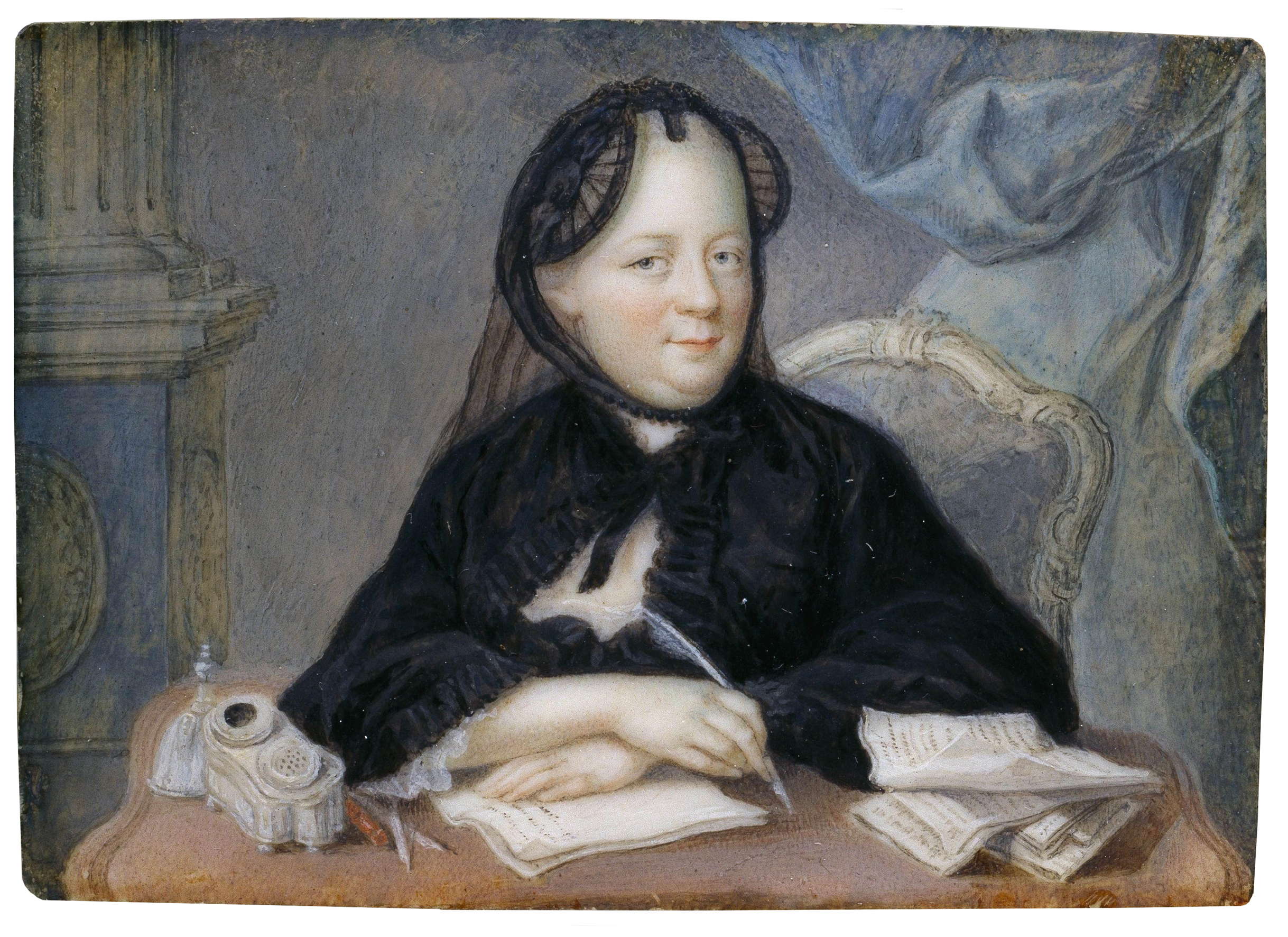I smell wonderful, and so do you!
Not too long ago,
Lucy from
Indieperfumes contacted me to tell me that she had linked me in her post : “
Interesting Perfume Conversations”. She suggested I do a post on Josephine’s love of rose and violet musk perfumes. So, of course that got me going….
Was this royal couple really into perfume? Well, actually, yes…Quite a bit.
Josephine was in fact the one who introduced her young beau, Napoleon, to scented baths and perfumes. Napoleon soon became accustomed to smelling great. He loved preparations of citrusy oils from Eau de Cologne by Houbigant and Aqua Admirabilis, created by Gian Paolo Feminis. The Emperor loved to bathe in diluted water from these colognes. He also enjoyed monthly rubdowns from these fragrances.
Josephine, on the other hand, preferred more exotic scents that included cinnamon, musk and vanilla. Josephine loved the combination of these scents that were muskier and more seductive in essence. She also loved the floral scents when she revelled in lavishing baths splashed made by Houbigant’s ‘Quelques Fleurs’.
But how did it all begin…
For this, we have to go all the way back to Grasse, France, to the House of
Rancé, which was known, at the time, for its exquisite perfumed gloves.
In 1795, Jean Francois Rancé diversified the company by specializing into producing perfumes. Rancé had total admiration for Napoleon and wanted to honor his hero with fragrances made especially for him. Amongst some of the fragrances created, he named one ‘Le Vainqueur’ (The Victor or the Conqueror). Josephine absolutely loved this scent on Napoleon. Being totally impressed; the Empress asked that something be created for herself as well. Rancé created L’Imperatrice for Josephine. He made sure to present it to her in a lovely Sevres porcelain box.
The most interesting thing about this story is that Napoleon specifically asked Rancé to create a clean and fresh fragrance that should not, however, overshadow the one to be created for Josephine. The perfumes had to be wonderfully pleasant on their own person as well as perfectly in harmony when they two lovers were together. Their scents blended perfectly while accentuating the blissful fragrance. The perfumes were so exquisite and original that courtiers everywhere were enthralled by the combination of these scents. Everyone wanted to smell like the Emperor and Empress!
Well Napoleon made sure that didn’t happen. So, what Napoleon wanted from Rancé was exclusivity. And, that, he got. The Conqueror demanded (and left specific instructions as well) that the scent not be reproduced or sold for 200 years!
After 1805,
Rancé moved its location to Milan, Italy, where it still operates today. You could say that the 200 years are finally up since Rancé re-launched both fragrances a few years ago. ‘L’Imperatrice’ has been renamed ‘Josephine’ and sells for about $80 for a 50 ml.

'Josephine' perfume

Bonaparte’s perfume, 'Le Vainqueur'

I really believe that scents do tell you a lot about a person. It’s not only about hygiene and cleanliness…perfume is in some way a means of communication…You can be attracted, interested, calmed, excited… or even repelled by it- it’s such a personal thing. I recall a passage in the Josephine trilogy that describes Josephine picking up one of Bonaparte’s shirts and inhaling his scent for comfort when she missed him…wonder if it was filled with that citrusy aroma that made him all hers…
For a review of Rance Josephine (the perfume) see:
http://perfumesmellinthings.blogspot.com/2005/11/perfume-review-rance-josephine.html
Source: www.giorgianindex.net, www.oregonlive.com, www.fragrantica.com
-
